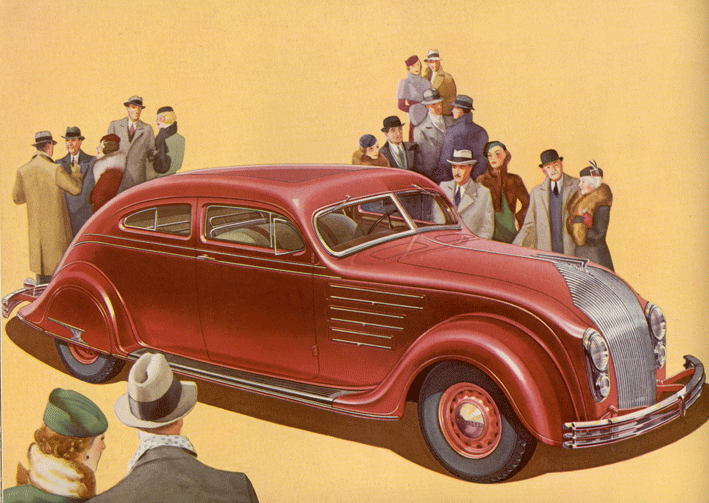Post modernism
Post
modernism is the term that was used to describe the stylistic developments that
emerged in response to the rationalism of modern design such as; Pop design,
Anti-design, Radical design and all the movements that contributed to the emergence
of post modernism. It is the most controversial movement that ever existed. Post
modernism designers thought that modernism resulted in soulless objects,
unwanted buildings and incomprehensible books.
They wanted
to invent a new style which would break all the art rules that Modernists had
established before. Post Modernists did not want to design simple objects,
instead they wanted to create a style which would bring freedom to art and
design through actions that often were funny.
Post
modernists advocated individuality and mass production. Robert Venture wrote a
book in 1966 saying that “Ambiguity and Contradiction Was Valid in Design”
instead of rationality and logic. He argued that the lack of ornament was
dehumanizing design. Architects such as Michael Graves introduced a new
aesthetic by the mid 1970’s.
Portland building, 1982 by Michael Graves
Designers
and architects argued that; Modern architecture was fundamentally meaningless.
It lacked complexity and irony which prevailed in historical buildings. Post
modernism NEW design was about the use of raw materials and using simple and
formal visual language. It was very inexpensive, easily marketable, and good
for mass production. They didn’t want
perfect products which looked like they were coming from a modernist era, they
wanted to make objects look far from perfect. Some Post Modern designers
included vibrant colours to the products to make them fun. Post Modernists were
all about complexity and contradictive design which was a way of breaking every
rule which Modernists made.
Martine Bedin (for Memphis), Super lamp prototype, 1981
Anti-thesis
is what modernism stood for, if Modernists created good design Post Modernists
tried to make chaotic design. Cheap materials were often combined with precious
ones because they did not want to follow their rules and having everything the
same way. The line between good and bad taste was blurred. They often made
elaborate ornamentations mixed with minimalist form.

Bel Air Chair by Peter Shire
Charles Jencks,
was an American critique. He advocated that products should be made of elements
which are hybrid, rather than pure and messy. Vitality over obvious unity.

Garden of Cosmic Speculation, Dumfries,
Scotland by Charles Jencks
Post-modernist
designs looked at other historical styles for references such as art deco, de Stijl
and constructivism. Other introduced eccentric elements in their designs…
The Memphis
Group was a group which was funded in Milan in 1981. Their goal was to renew
the Radical Design and to come up with a new creative approach to design.
The Group
was made of;
-
Ettore
Sottsass
-
Michele
De Lucchi
-
Marco
Zanini
-
Matteo
Thun
-
Nathalie
du Pasquier
-
George
Sowden
Ettore Sottsass
was an Austrian and he was designing with Olivetti and became a prominent
member of the radical design movement during the 60’s and 70’s. The group’s aim
was to renovate Radical Design. Memphis group added limited edition unusual
products and functional design. The majority of the products featured laminated
surfaces, bold patterns and bright colours.
Sottsass
and the Memphis group were generating a political statement. They tried to
eliminate the barrier between high class and low class. For some people this
was a very strange thing but to others it offered freedom.
Ettore
Sottsass have been described as a forward looking designer who also was a misbehaved
artist.

Ettore Sottsass Carlton bookcase, 1981 by
Memphis Italy
His bold
and decorative designs which he produced in Memphis paved the way for the Post
Modern designs. Sottsass called Memphis design the ‘New International Style’. He
took the sophisticated and influential Milan design world into a labyrinth of
visual irony. The Memphis group used lots of colours, materials and different
forms. The standards of ‘good form’ design that had been considered
unassailable for years lost their claim to. The idea they had in common was to
eliminate the peaceful conformity of furniture design and to present concrete
alternatives to the late 70s standard formal culture. The group existed until
1988.

This is an
anti-war poster which has elements inspired from Post Modernism. It catches the
eye with the controversial aspect in which it promotes love, delivering its
message with weapons forming the ‘love’ word.

This is
another example of Post Modernism design that is very controversial. I believe
that the designer tried to deliver the message that those who have the most
things in life don’t appreciate them.
References:
Failings in Architecture, Pt. 1 | DesignInquiry. 2014. Failings in Architecture, Pt. 1 | DesignInquiry.
[ONLINE] Available at:http://designinquiry.net/contributions/failings-in-architecture-pt-1/. [Accessed 16 December 2014].
Vitra Miniatures Barcelona Chair - (Open Box): Floor Sample sale |
Stardust. 2014. Vitra Miniatures Barcelona Chair - (Open Box):
Floor Sample sale | Stardust. [ONLINE] Available at:http://www.stardust.com/barcelonachair.html. [Accessed 16 December 2014].
1980s Ettore Sottsass Carlton bookcase by Memphis Italy. 2014. 1980s Ettore Sottsass Carlton bookcase by Memphis Italy.
[ONLINE] Available at:http://www.furniturefashion.com/1980s_ettore_sottsass_carlton_bookcase_by_memphis_italy/. [Accessed 16 December 2014].
Snail and
Snake Mound, Charles Jencks, Garden of Cosmic Speculation, Dumfries, Scotland |
AdorePics. 2015. Snail and Snake Mound, Charles Jencks, Garden
of Cosmic Speculation, Dumfries, Scotland | AdorePics. [ONLINE]
Available at: http://adorepics.com/snail-and-snake-mound-charles-jencks-garden-of-cosmic-speculation-dumfries-scotland/. [Accessed 14 January 2015].
Failings in
Architecture, Pt. 1 | DesignInquiry. 2015. Failings in Architecture, Pt. 1 | DesignInquiry.
[ONLINE] Available at:http://designinquiry.net/contributions/failings-in-architecture-pt-1/. [Accessed 14 January 2015].
Bel Air Chair by Peter Shire - Chair Blog. 2015. Bel
Air Chair by Peter Shire - Chair Blog. [ONLINE] Available at: http://www.chairblog.eu/2012/01/15/bel-air-chair-by-peter-shire/. [Accessed 19 January 2015].
Postmodernism
- Victoria and Albert Museum. 2015. Postmodernism - Victoria and Albert Museum.
[ONLINE] Available at:http://www.vam.ac.uk/content/articles/p/postmodernism/. [Accessed 19 January 2015].
Design
Styles. 2015. Design Styles. [ONLINE] Available
at:http://designstyless.blogspot.com/2010/06/this-anti-war-poster-uses-post-modern.html. [Accessed 19 January 2015].
Red Heads Are Bossy: November 2010. 2015. Red Heads Are Bossy: November 2010.
[ONLINE] Available at:http://redheadsarebossy.blogspot.com/2010_11_01_archive.html.
[Accessed 19 January 2015].


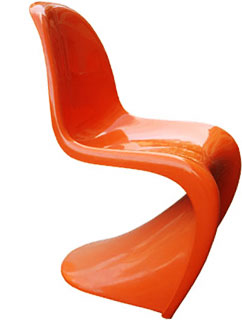
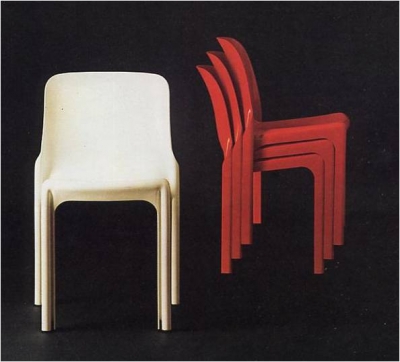





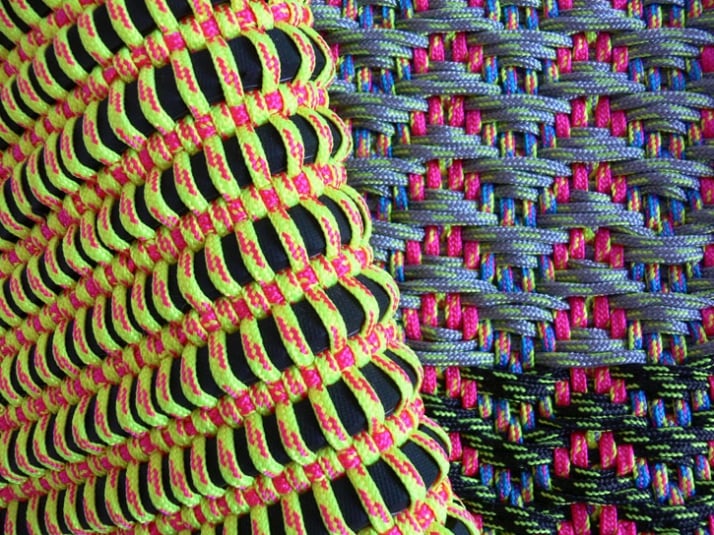







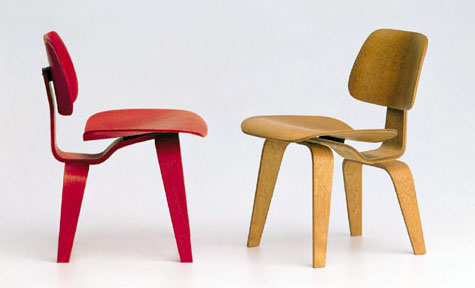


.jpg)
